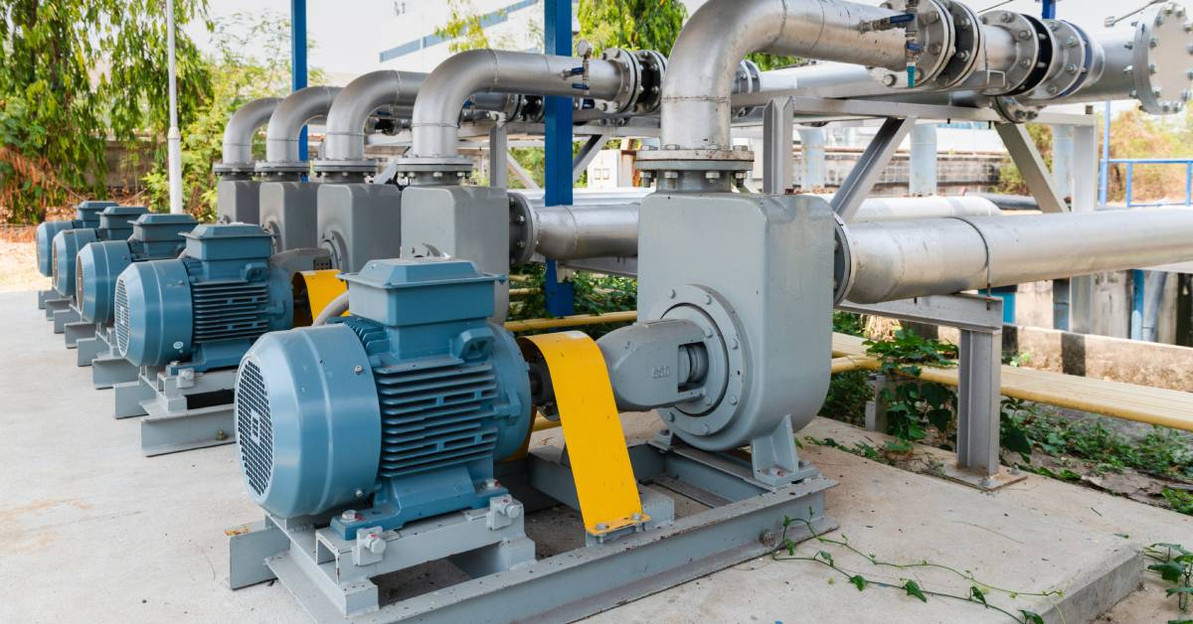Sewage Pump Sizing and Capacity for Large-Scale Projects
Developing projects on a significant scale involves multiple layers of planning and execution, particularly when it comes to sewage management. One of your large-scale project’s most essential elements is determining the appropriate sizing and capacity for sewage pumps. This step is pivotal for maintaining efficient waste disposal systems, preventing overflows, and maintaining environmental standards.
Understanding the Basics of Sewage Pumping
Sewage pumps play a vital role in transporting wastewater from one place to another, often from lower to higher elevations. Proper pump sizing involves calculating the flow rate and head pressure required to move sewage efficiently. Without correctly sized pumps, systems can face overwhelming pressure and may even fail completely.
Determining Flow Rate Requirements
Flow rate refers to the volume of sewage a pump can move per unit of time, usually measured in gallons per minute (GPM). For large-scale projects, you’ll need to understand the difference between peak flow and average flow.
Peak flow accounts for the highest possible volume during usage spikes, while average flow provides an overall view. Analyze the number and type of users, plumbing fixtures, and anticipated usage patterns in order to calculate these figures.
Calculating Head Pressure
Head pressure determines the pump’s ability to overcome vertical and horizontal distances and friction losses within the piping system. Engineers must consider the total dynamic head (TDH), which combines the vertical lift, friction loss in pipes, and any pressure requirements at discharge points. Using TDH calculations, one can select a pump that operates efficiently within the system’s parameters.
Choosing the Right Pump Type
Various pump types cater to different needs, so which one is right for your project?
Submersible pumps, which operate underwater, offer quiet, reliable service with minimal maintenance. Effluent pumps handle greywater and light sewage, so they’re more suitable for systems with moderate waste levels. Grinder pumps, on the other hand, macerate sewage into slurry, making them ideal for high-load or long-distance transport systems.
Each commercial sewage pump option presents unique benefits and suitability depending on the project’s specific requirements.
Integrating and Maintaining the Pump
Efficient system integration requires a harmonious setup of pumps, pipes, and control systems. Properly installed pumps benefit from regular maintenance checks, which extend their lifespan and efficiency.
Routine inspections help identify wear and tear, which promotes timely interventions before those age-related issues escalate. Technicians should focus on checking impellers, seals, and electrical components to mitigate potential problems.
Determining the sizing and capacity of sewage pumps for large-scale projects involves a thoughtful blend of technical calculations and practical considerations. Proper planning and execution pave the way for efficient sewage management, as the right pumps reduce malfunction risks. Create systems that support both present and future demands by selecting the proper sewage pumps for your large-scale projects.
Recent Posts
-
Tips for Extending the Lifespan of a Booster Pump
Imagine this scenario for a moment: you’re gearing up for your morning, but the shower barely …Aug 29th 2025 -
Choosing the Right Water Heater for Off-Grid Homes
Imagine it: you’ve built your dream off-grid home, surrounded by nature and free from the hust …Aug 22nd 2025 -
Comparing High-Efficiency and Standard Water Heaters
Heating water is one of the largest energy expenses in most homes, accounting for about 20 percent o …Aug 11th 2025





